Teaching English with the KWL Technique in Senior High Schools
The Know-Want to Know-Learn (KWL) technique is a powerful instructional strategy that can significantly enhance the teaching and learning experience in senior high school English classrooms. By encouraging students to activate prior knowledge, set learning goals, and reflect on their learning, the KWL technique fosters a more engaged and effective learning environment. This article explores the benefits of the KWL technique, provides a step-by-step guide to implementing it, and shares some practical examples.
Introduction to the KWL Technique
The KWL technique was developed by Donna Ogle in 1986 and is widely used in classrooms to guide students through their learning process. It consists of three main steps:
- K (Know): Students list what they already know about a topic.
- W (Want to Know): Students list what they want to know or learn about the topic.
- L (Learn): After the lesson, students list what they have learned.
This method not only helps in organizing information but also motivates students by making their learning goals explicit and trackable.
Benefits of the KWL Technique
- Activating Prior Knowledge:
- By starting with what students already know, the KWL technique helps them connect new information to existing knowledge, making learning more meaningful.
- Setting Learning Goals:
- The “Want to Know” phase encourages students to set specific, personal learning goals, which increases their motivation and engagement.
- Reflective Learning:
- The “Learn” phase promotes reflection, allowing students to consolidate their understanding and recognize their progress.
- Improved Comprehension:
- This technique supports deeper comprehension by encouraging students to think critically about the information they encounter.
- Enhanced Engagement:
- The interactive nature of the KWL technique keeps students actively involved in their learning process.
Implementing the KWL Technique in English Classrooms
- Introducing the Topic:
- Begin by introducing the topic and explaining the KWL process to students.
- K (Know) Phase:
- Ask students to list everything they already know about the topic. This can be done individually, in pairs, or as a whole class discussion. Encourage them to think broadly and recall previous lessons, readings, or personal experiences.
- W (Want to Know) Phase:
- Next, have students list what they want to know or learn about the topic. This step can be guided by prompting questions such as, “What questions do you have about this topic?” or “What do you hope to learn?” This phase helps set the learning objectives for the lesson.
- L (Learn) Phase:
- After completing the lesson or unit, students fill out the “Learn” section of the KWL chart. They reflect on what they have learned and how their understanding has changed or expanded. This phase is crucial for reinforcing the material and for self-assessment.
Example Activities Using the KWL Technique
- Reading Comprehension:
- Before reading a novel or a short story, students fill out the “Know” and “Want to Know” sections based on the book’s title, cover, and summary. After reading, they complete the “Learn” section to summarize their understanding and insights.
- Research Projects:
- When starting a research project, students use the KWL chart to outline their existing knowledge, set research questions, and document their findings. This helps them stay organized and focused throughout the research process.
- Thematic Units:
- For thematic units (e.g., environmental issues, historical events), students begin with what they know about the theme, identify what they want to explore further, and conclude with what they have learned. This approach ensures comprehensive coverage of the topic.
Success Stories
Numerous teachers have reported success using the KWL technique in their English classrooms. For example, a high school in Texas implemented KWL charts in their English literature classes and observed a marked improvement in students’ engagement and comprehension. Another school in Florida found that using KWL charts for research projects helped students develop better organizational and critical thinking skills.
Conclusion
The KWL technique is an effective and versatile tool for teaching English in senior high schools. By activating prior knowledge, setting learning goals, and promoting reflection, it enhances student engagement and comprehension. Teachers looking to make their lessons more interactive and student-centered should consider integrating the KWL technique into their teaching strategies.

